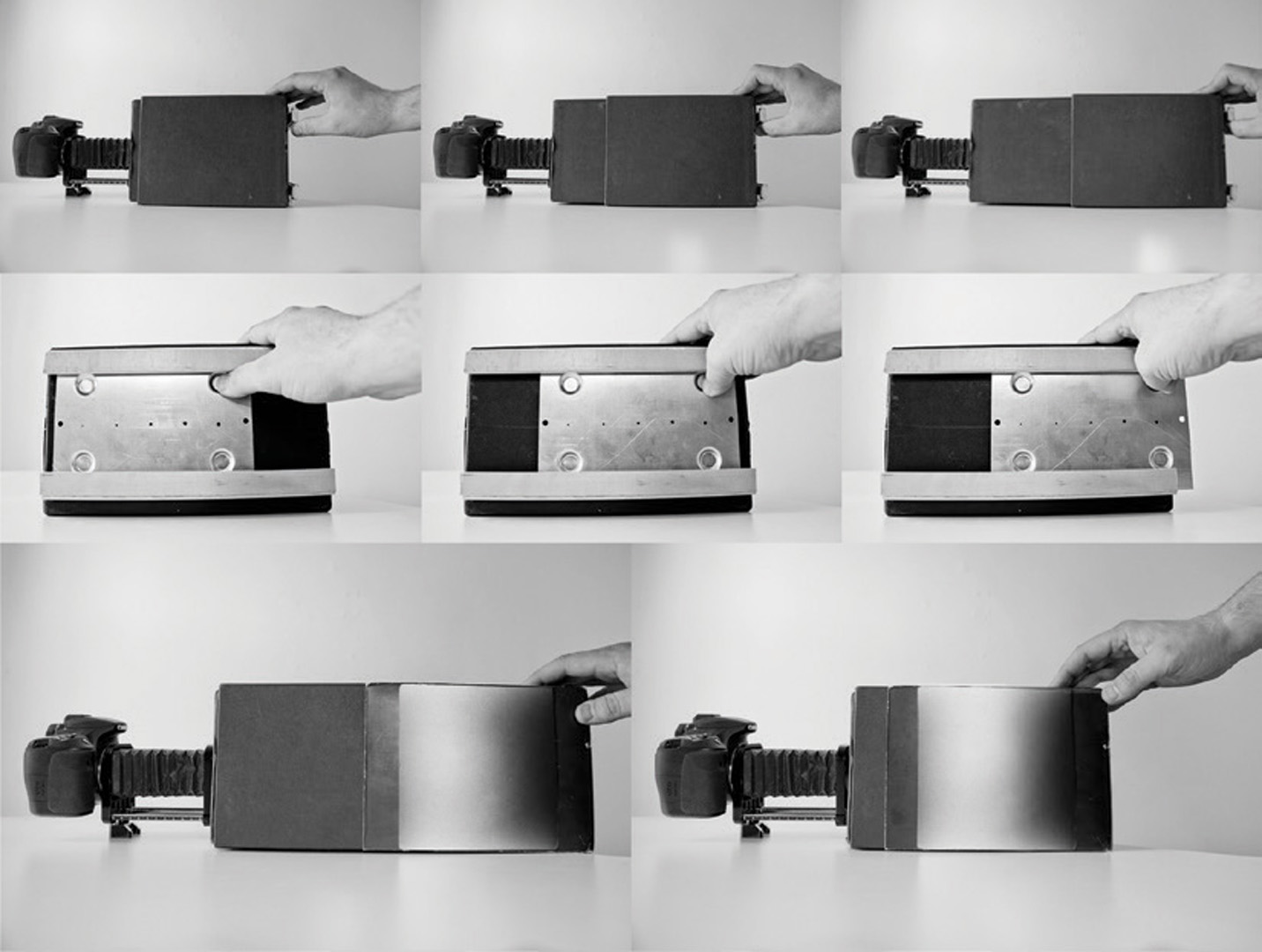“Pulse Shape 22: Audiovisual Performance and Data Transmutation” by Cetila
Conference:
Type(s):
Title:
- Pulse Shape 22: Audiovisual Performance and Data Transmutation
Presenter(s)/Author(s):
Abstract:
Pulse Shape 22 is an improvisational audiovisual performance featuring shortwave radio transmissions as the sole source material for real-time audio processing alongside video of the sun projected through cast-glass lenses designed specifically for this piece. The structure of the piece is derived from metrics on energy accumulation over a period of 2.2 nanoseconds resulting from the targeting of 60 laser beams on a single tetrahedral hohlraum in weapons testing experiments as carried out by the Los Alamos Inertial Confinement Fusion unit, at the Omega Laser Facility at the University of Rochester. Pulse Shape 22 is an exploration of architectural space through the use of site- and time-specific information found in regions of the electromagnetic spectrum outside the reaches of the human
sensory apparatus. It is an attempt to alter the audience’s perceptions of their surroundings and create
a moment of rupture from hidden worlds found in our local environment.
References:
1. OMEGA, <http://www.lle.rochester.edu/omega_facility/omega/>, accessed March 2016.
2. S.P. Parker, ed., McGraw-Hill Dictionary of Physics, 2nd ed. (New York: McGraw-Hill, 1997), 42.
3. Los Alamos National Laboratory, Tetrahedral Hohlraum High-Convergence Implosion Experiments on Omega ID4-FY98 (Los Alamos, NM: Los Alamos National Laboratory, 1998), 2.
4. J. Cage, Silence (Hanover, NH: Wesleyan University Press, 1961), 3.
5. D. Kahn, “Three Receivers,” Experimental Sound and Radio, ed. Allen S. Weiss (Cambridge, MA: MIT Press, 2001), 73.
6. T. Edison, “Edison’s Views on Life and Death,” Scientific American, 446 (October 1920).
7. C.M. von Hausswolff, “1485.0 kHZ,” Cabinet Magazine, Issue 1, 60 (Winter 2000/01).
8. J. Banks, “Rorschach Audio: Ghost Voices and Perceptual Creativity,” Leonardo Music Journal Volume 11, 77 (2001).
9. J. Cage, and M. Feldman, Radio Happenings: Conversations / Gespräche (Cologne: MusikTexte, 1993), 19.
10. D. Kahn, “Electrical Atmospheres,” Invisible Fields: Geographies of Radio Waves, eds. José Luis de Vicente, Honor Harger, and Josep Perelló (Barcelona: Arts Santa Mònica, 2012), 26.
11. B. Gysin, “Dreamachine,” Flickers of the Dreamachine, ed. Paul Cecil (Hove, UK: Codex, 1996), 5.
12. A. Powell, Deleuze, Altered States and Film (Edinburgh: Edinburgh University Press, 2007), 107.
13. Ibid.
14. Cavanaugh later withdrew all of his films from the Anthology Film Archives “at a time in his life when, due to extreme LSD experiences, he sank into a period of insanity during which he was institutionalized for several years,” cf. Fluxfilm Anthology, <http://home.utah.edu/~klm6/3905/ff5_ Blink.html>, accessed March 2016.
15. H. Higgins, Fluxus Experience (Berkeley: University of California Press, 2002), 17.
16. P. Adams Sitney, “Structural Film,” Film Culture Reader, ed. P. Adams Sitney (New York: Cooper Square Press, 2000), 327.
17. Ibid.
18. W. Rose, “Annotated Filmography and Performance History,” Optic Antics: The Cinema of Ken Jacobs, eds. M. Pierson, D. E. James, and P. Arthur (New York: Oxford University Press, 2011), 270.
19. Ibid., 272.
20. J. Walley, “The Material of Film and the Idea of Cinema: Contrasting Practices in Sixties and Seventies Avant-Garde Film,” October Volume 103, 17 (Winter 2003).
21. M. Pierson, “Introduction: Ken Jacobs—A Half-Century of Cinema,” Optic Antics: The Cinema of Ken Jacobs, eds. M. Pierson, D. E. James, and P. Arthur (New York: Oxford University Press, 2011), 16.
22. C. van Campen, The Hidden Sense: Synaesthesia in Art and Science (Cambridge, MA: MIT Press, 2008), 45.
23. Ibid., 20–23, 50–53.
24. C. Cox, “Lost in Translation: Sound in the Discourse of Synaesthesia,” ArtForum, 241 (October 2005).
25. P. Sharits, “Hearing: Seeing,” The Avant-Garde Film: A Reader of Theory and Criticism, ed. P. Adams Sitney (New York: Anthology Film Archives, 1978), 256–7.
26. Y. Novak, “Interview with Steve Roden,” <http://www.tokafi.com/15questions/interview-steve- roden/>, accessed March 2016.





